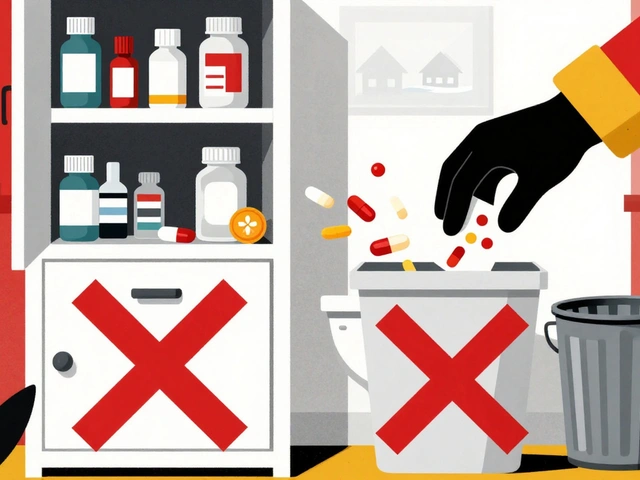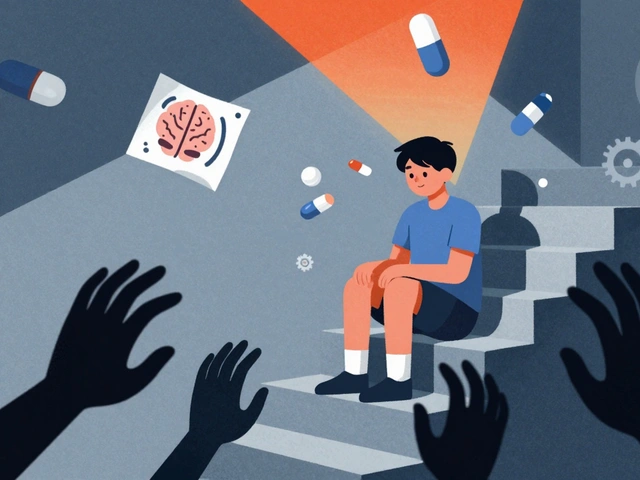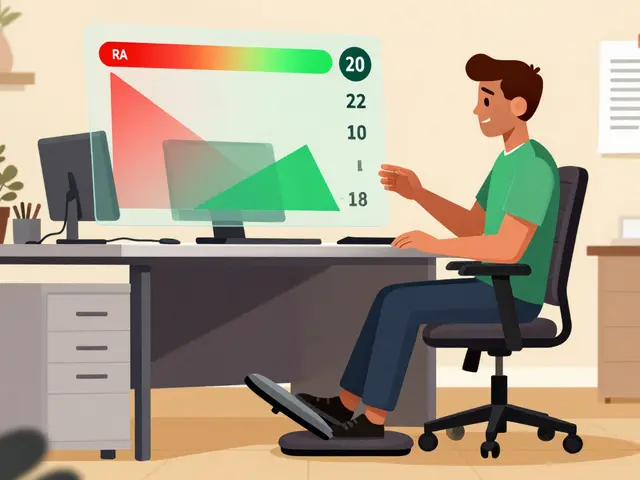Chronic Pain: Practical Help You Can Use Today
Chronic pain changes how you live. It drains energy, messes with sleep, and makes simple tasks feel huge. The good news: you don’t have to accept constant pain as normal. With the right mix of treatments and daily habits, many people get better control and regain function.
First, what kind of pain are we talking about? Nociceptive pain comes from damaged tissue (think arthritis). Neuropathic pain comes from nerves (burning, electric shocks). Centralized pain means the nervous system amplifies signals (fibromyalgia). Knowing the type helps pick the right treatment.
Medications: what helps, what to watch for
There’s no one-size-fits-all pill. Common options include:
- NSAIDs and acetaminophen — good for joint and muscle pain. Watch the stomach and kidneys with long-term NSAIDs.
- Neuropathic meds like gabapentin, pregabalin, or SNRIs (duloxetine) — better for burning or electric pain.
- Topicals — lidocaine patches, diclofenac gel, or capsaicin can reduce localized pain with fewer systemic side effects.
- Short-term opioids — can help in specific cases, but carry risks: dependence, drowsiness, tolerance. Ask about taper plans and alternatives.
Always discuss side effects, interactions with other drugs, and real goals with your prescriber. If a medication helps only a little or causes new problems, you should explore other options.
Everyday strategies and therapies that actually work
Medications are only part of the picture. Try these practical steps:
- Move regularly. Gentle, consistent activity—walking, swimming, or guided PT—keeps joints and nerves healthier than long rest. Start small and build up.
- Sleep and routine. Poor sleep makes pain worse. Aim for consistent bedtimes and reduce screens before sleep.
- Talk therapy. Cognitive behavioral therapy (CBT) helps you change how pain affects mood and behavior. It’s proven to reduce disability from chronic pain.
- Hands-on care. Physical therapy, massage, acupuncture, or chiropractic care can reduce symptoms for many people.
- Interventional options. Nerve blocks, steroid injections, or radiofrequency ablation can be helpful when pain stems from one area.
- Build a support plan. A pain diary, clear function goals (e.g., walk 10 minutes daily), and a small team—doctor, PT, therapist—make progress measurable.
When should you see a doctor right away? New weakness, loss of bladder or bowel control, unexplained weight loss, or sudden severe pain need urgent attention.
If you’re tired of treatments that don’t help, try a focused visit: bring a pain diary, list of meds, and one or two specific goals (sleep better, return to work). A good clinician will prioritize function over just lowering pain scores.
Want more specifics—how each drug works, side effects, or non-drug options? Check our detailed guides on Invigormedical.com to match treatments to the type of pain you have.

Return to Work With Chronic Pain: Practical Accommodations and Step-by-Step Plans
Learn how to return to work with chronic pain using practical, legal accommodations. Discover low-cost adjustments, how to request them, and what to do if your employer says no.
read moreThe Role of Support Groups in Arthritis Management
In my recent exploration of arthritis management, I have discovered the significant role support groups play in the lives of those affected by this condition. These groups offer a safe space for individuals to share their experiences, learn from one another, and gain emotional support. Additionally, the connections made in support groups can help to combat feelings of isolation and loneliness. Through attending these gatherings, individuals with arthritis can acquire valuable resources and practical tips that can greatly improve their quality of life. In conclusion, support groups are an essential aspect of arthritis management, helping individuals navigate the challenges of this condition with a strong support system.
read more




